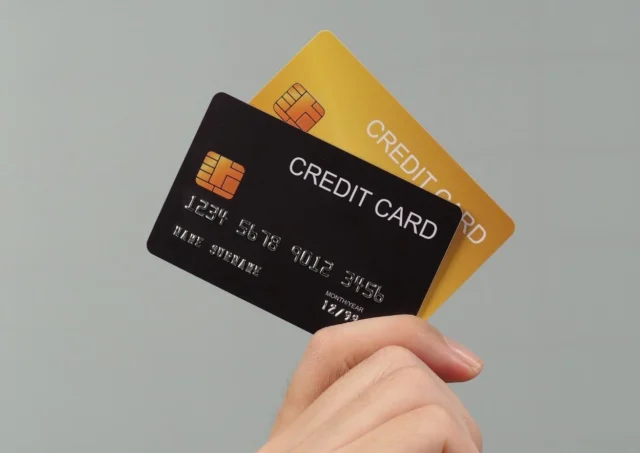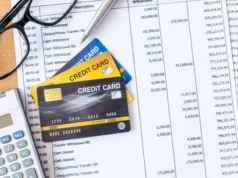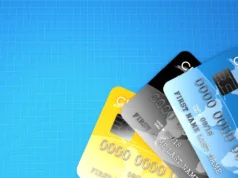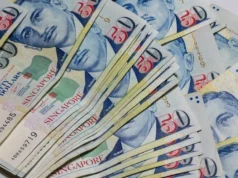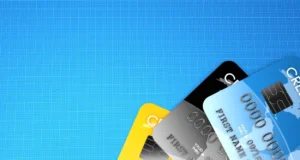Why Cards, FDs, and Savings Belong Together
Money does not increase when it is lying around. Couple the best credit cards Singapore. Singapore has to come with fixed deposits and high-interest savings accounts, and you can turn your regular purchases into a wealth-making plan. It involves applying the right tools to the right jobs—credit cards to get rewards, savings accounts to get flexibility, and fixed deposits to get stability. Together they make a system in which each dollar works even harder.
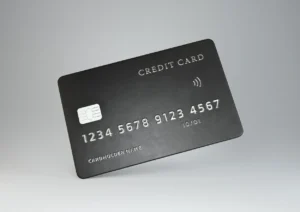
Credit Cards as the First Layer
Credit cards are mistaken. They are not debt traps, as many believe, but can be very strong allies when used sparingly. Any purchase can most likely be accompanied by the cashback, points, or miles—free money to spend, which you would have spent anyway.
Cashback vs Miles vs Points
The cards represent a different lifestyle. Families having fixed costs would love cashback cards. Frequent flyers are the best users of the miles cards. The points cards are flexible but often need a greater amount of planning in order to elicit value. To select the wrong one is like putting running shoes on a swimmer—you will travel, but clumsily.
The Danger of Minimum Spend
The only hitch here is that with almost all the cards, you have to spend a minimum amount of money to have rewards unlocked. Fall short of the threshold and the glittering advantage is gone. That is why it is important to choose the card according to your actual spending.
Savings Accounts as the Second Layer
After you have accumulated rewards, you should have a place to keep the cash. Ordinary accounts will not generate much interest at all; thus, your money will just be lying there. Here high-interest savings accounts come in and increase the deposit returns without locking up the money.
Linking Cards to Accounts
There are also some banks that will give you a bonus interest when you credit your salary, pay bills, or meet any spending target using their credit card. Here is the place where pairing is effective. You can increase the impact by spending with the bank—possibly getting cashback on your purchases and unlocking better savings rates.
Flexibility for Short-Term Goals
Savings accounts are game changers when it comes to things such as holidays, remodeling the house, or emergency plans. They retain money in their reach but continue to get higher than average returns. With credit card bonuses, they become a turbocharger to short-term financial plans.
The third layer is fixed deposits.
Whereas savings accounts are liquid, fixed deposits (FDs) tie funds away over a predetermined time in order to earn guaranteed income. They might not be glamorous, but they bring stability.
Worthwhile Promotional Rates
Banks usually do promotions—increased FD rates on certain tenures or amounts. By getting the right deal, your idle money is making a lot more. The benefit is further compounded when you cash back or redeem the rewards in an FD.
Building a Ladder
Forming a ladder is one of the clever things to do. Split funds across multiple FDs with different maturity dates. That way you are guaranteed to have money coming in always and still get higher rates on the longer tenures. The cashback that is back in the wallet as credit card savings can accumulate silently into some serious savings.
How the Three Layers Work Together
Think of this as a financial sandwich. Rewards are created by credit cards. Savings accounts allow flexibility and low growth. Higher returns are fixed. The layers are complementary to each other.
Example Scenario
Suppose you charge 2000 dollars monthly to a cashback card with a 5 percent rebate on groceries and fuel. That nets around $100 back. You transfer it into a savings account, which yields 2.5%, instead of spending it. You roll up accumulated rewards in a fixed 3 percent deposit every quarter. As the cycle progresses over years, a consistent flow of passive income can be generated by the mere habits of living.
Poisonous Strategy Killers
All this system goes down the drain when you allow debt to creep in; the balance in your wallet disappears the next moment due to interest rates that are higher than cashback rates. The other error is the failure to make periodic moves of funds. Missing a step of investing the cashback into savings or FDs makes the strategy one more good idea that was not implemented.
Promotions With Strings
Banks love dangling carrots. Extra cashback here, bonus interest there. But strings like minimum balance requirements, high spending thresholds, or compulsory bill payments can trip you up. Never sign the fine print.
Psychology of Pairing
And there is psychology as well as numbers. The cashback in savings is cumulative. The growth of fixed deposits brings about relaxation. This psychological gratification leads to better habits, where financial discipline is no longer seen as a task but a game you strive to win.
The Small Wins Mentality
Even 20 dollars of cashback redirected a month seems like a lot when you write it off as a future travel fund or gadget savings. Such mini-victories will give momentum to the process and eventually will lead to actual wealth.
Why This Trio Beats Standing Alone
There are limits to each product: cards, savings, and FDs. No more money can be made on cards other than rewards. FDs have higher rates of payment than savings accounts. FDs lack liquidity. Yet they combine the weaknesses and increase the strengths. Like a football club: a goal scorer, a player in the middle, and a defender. No single player wins alone.
A Practical Reminder
Two friends purchase the same groceries. One is cash-based, and the other is credit card-based, tied to a savings account. At the end of the year, one has nothing left, whereas the other has cashback interest, some of which is stuck in an FD paying more interest. Same expenses, very different outcomes.
Practical Tips to Start
Select a credit card that fits your style of life and not one that promises the world.
Open a high-interest savings account, which pays when you do one of the things you do, such as pay bills or spend monthly.
Get used to it: Take cashback and set it aside into savings each month, then pour it into FDs every quarter.
Looking Ahead
Interest rates shift. Promotions come and go. Yet the principle is eternal: maximize returns, maintain liquidity and ensure guaranteed returns. With these three financial instruments, you extract value out of money that you are already consuming and saving—with no additional risk.

